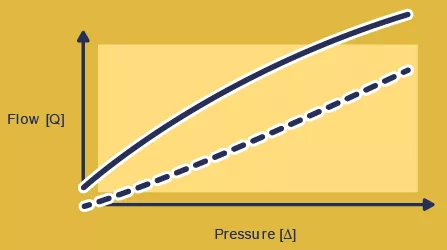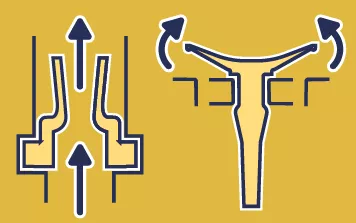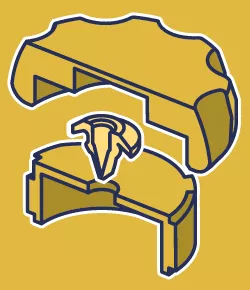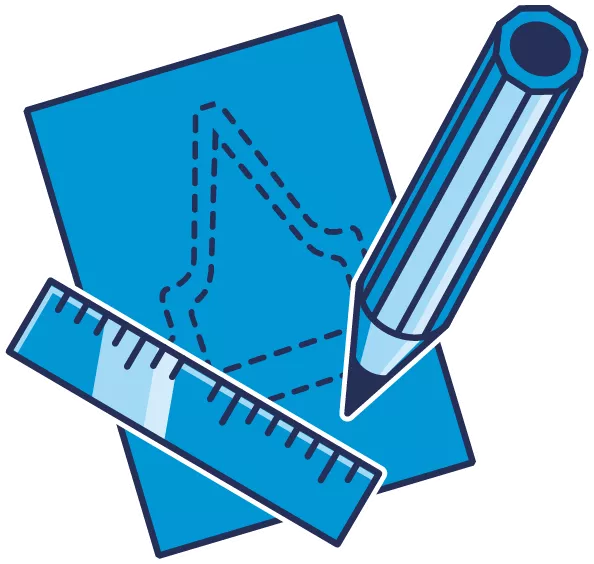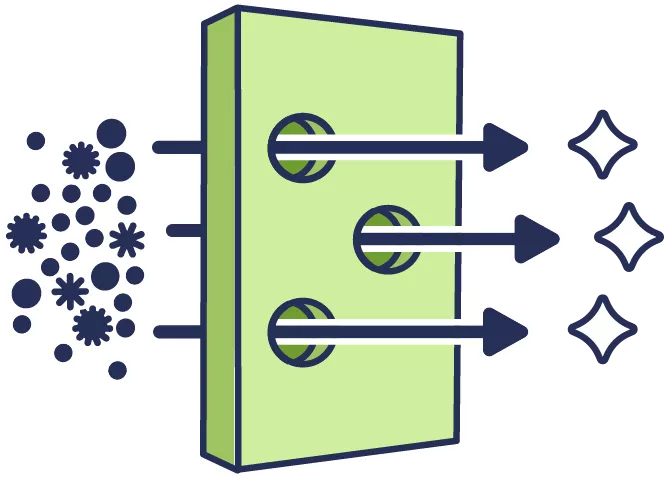Forward flow
The graph depicts a high forward flow rate, as represented by the steepness of the flow curve. Generally, when a higher flow rate is required, using a larger valve is the most obvious (and often most straightforward) solution. But only sometimes. Many other factors can directly impact the flow rate of a given valve. These can include the materials with which the valve is made and its overall geometric shape. That said, there are a few basic rules of thumb. If we compare a Duckbill Valve to a similarly manufactured Umbrella Valve, in most circumstances, the Umbrella Valve will offer a higher flow rate than the Duckbill. But rules of thumb are not Universal Laws, and there are always exceptions depending on the circumstances and other factors, like materials, the density of the liquid or vapor passing through it, etc.
Backflow
In practice, there’s no such thing as an absolute 100% perfect seal. This is why backflow leakage is always specified in terms of micro amounts—as being less than (<) a certain amount of flow (ml) in a certain amount of time (/min.) at a specific pressure (i.e., <0.5 ml/min air @ 5 kPa).
Depending on your requirements, certain valves are better at meeting acceptable leak thresholds/criteria. What’s also generally true is that every valve carries some internal trade-off elsewhere within the system. For example, in a particular environment, it’s hypothetically possible that a small Umbrella Valve with high opening pressure might yield better leak specifications (lower leak rates) than a larger Umbrella Valve with a lower opening pressure.
Also, different types of valves have different backflow characteristics. In general, most Duckbill Valves will initially have some degree of leakage. That is, until the growing backpressure forces its valve lips to shut, sealing off the flow completely. Meanwhile, Umbrella Valves have strong, near-instant sealing capabilities and performance, even at the lowest pressures.

